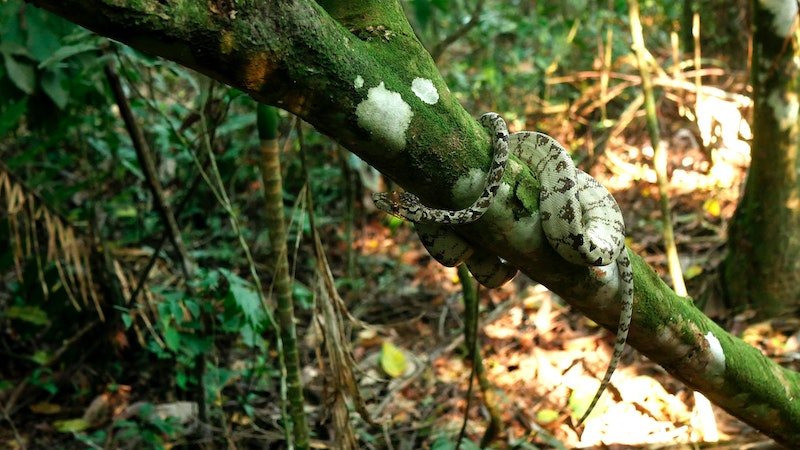A paradise for bird watchers, nature lovers, photographers and conservationists in the world. Manu National Park, is reachable from Puerto Maldonado and Cusco. It is the ideal location for seeing all that nature has to offer while you are in Peru.
Read on to find out everything that a first-time traveller to Manu National Park should know.

Manu National Park has varying geography and landscapes.
Manu is Peru’s largest national park. It is spread in a staggering 15,328 square kilometres of land under its amazing control, plus an additional 914 square kilometres falls under “Cultural Zone”.
This comprises the entire Manu River watershed, from its Andes tributaries to its point of discharge into the Madre de Dios River. You can explore a stunningly pristine area of the Peruvian Amazon, thanks to the park’s isolation and protected status.

Manu National Park has a rich biodiversity.
Manu is one of the greatest concentrations of biodiversity of any park in the entire world. You can see many things in Manu, from exotic birds and rare mammals to unique rainforest flora species with an elevation ranging between 150 meters and 4200 meters.
There is a wide variety of plant communities, from the seemingly uniform but diversified Andean grasslands to a variety of relatively pristine forest types. Between 2000 to 5000 plant species are thought to exist here. However, some scientists believe that number to be significantly greater. The diverse topography also offers a distinctive blend of wildlife, as well as a variety of vegetation.
222 species of mammals, 1000 species of birds, 99 species of reptiles, 210 species of fish, 140 species of amphibians and more than 2300 species of insects are currently living in the jungle.
Macaws, the Peruvian jaguar, pumas, ocelots, gigantic anteaters, Brazilian tapirs, giant armadillos, marsh deer, a variety of sloths and 14 different monkey species are just a few of the magnificent fauna in the National Park. One of the more prevalent sights for tourists is monkeys, who are popular for playing on trees, jumping from one to the other in search of food.

Manu National Park provides a home to indigenous people.
A few indigenous groups live in Manu. While some of them lead sedentary lifestyles and frequently interact with the modern world, others lead nomadic hunter-gatherer lifestyles.
Only those with a guide and a permit are allowed to enter, including travellers and researchers. Medical and Educational experts who are invited by the indigenous people living here are the only other visitors allowed in Manu.

Manu National Park has microclimates.
Multiple microclimates are in Manu National Park because of its high geography. Lower altitude regions are hotter, with typical daytime temperatures of 35 C and overnight lows of 25 C. However, you must expect mild daytime temps and chilly evenings.
Remember, this is a rainforest and it could rain at any time! The rainy season is formally from December to March and it’s relatively drier from May to August.
Make sure to pack lightweight, comfortable clothing, quick-drying long sleeves, a hat and sunglasses for wearing during the day. Wearing hiking boots, and sun cream, and taking insect repellent is a must!

